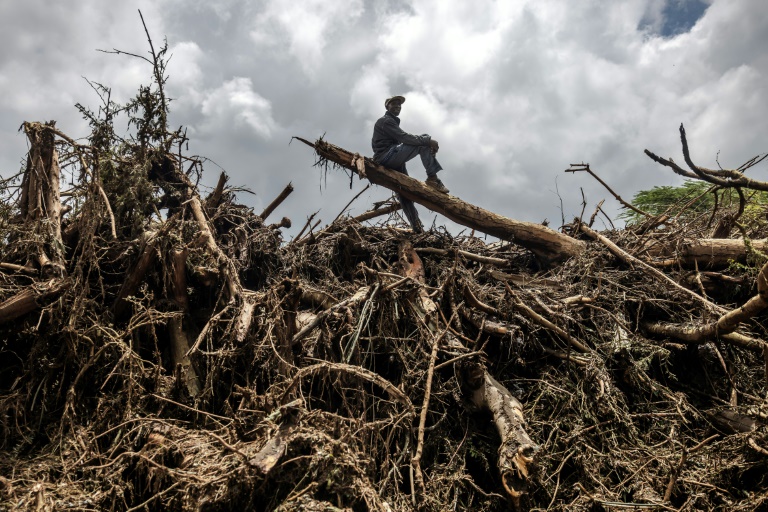Iranian civil society organizations and professionals say suicide rates have reached crisis levels among school students and recent medical school graduates in the past month, with no sign of solutions from the government.
Iranian state news agency IRNA acknowledged the worsening of the Islamic republic’s suicide problem generally in a January 6 article. It cited Hamid Parvih, the vice president of Iran’s Suicide Prevention Scientific Society, as saying about 120,000 people attempted suicide in the Persian year ending March 2023, a 51% increase from the seven years prior. He said more than 6,000 of those attempts ended in death.
In a January 26 Telegram post, Iran’s largest teachers’ union said at least eight primary and secondary school students committed suicide in various parts of the country during the Persian month of Dey that ended January 20.
The labor union, the Coordinating Council of Iranian Teacher Trade Associations, described the situation of student suicides as a “tsunami” in another Telegram post on the same date. It said the problem was particularly acute in the predominantly ethnic Kurdish region of western Iran, where it said student suicides have been increasing “in a frightening manner” in recent years.
“The government and responsible institutions have been silent with indifference,” the labor union wrote, adding that “authorities apparently have no plan to control or prevent the problem.”
The suicide rate also has risen to a “crisis” level among resident doctors who recently graduated from medical school in Iran, according to an interview with an emergency medicine specialist published by state-approved news site Khabar Online on January 20.
The news site quoted Nima Shahriarpour, a doctor at Tehran’s Baharloo Hospital, as saying a recent survey of resident doctors in the country indicates that an average of 13 commit suicide in Iran each year. Shahriarpour was citing a survey by the Islamic Republic of Iran Medical Council, a trade union for health care professionals.
“Today, the suicide of resident doctors has become more of a crisis,” Shahriarpour told the news site. “Although the request to deal with this problem has been sent to higher authorities … it seems that until an issue in our country turns into a crisis, it will not be heard,” he added.
Marjan Keypour, founder of Iran-focused group Alliance for Rights of All Minorities, discussed the factors behind Iran’s rising suicide rates in the latest edition of VOA’s Flashpoint Iran podcast.
The following transcript of Keypour’s January 28 interview has been edited for brevity and clarity.
VOA: What are the most concerning suicide trends that you have observed in Iran?
Marjan Keypour, Alliance for Rights of All Minorities (ARAM): What we notice today is an increased rate of suicides in Iran, especially among young people who have issues that seem to be solvable and preventable in most parts of the world, such as problems with relationships, poverty, depression, lack of access to mental health care, social disputes, and even addiction.
People are taking their lives because the country is covered by this heavy layer of hopelessness and misery that is really affecting people — not just in the minority populations, but around the country. And it is particularly tragic when you see this level of despair consume children as young as 12 years old, who are taking their lives because they cannot find resources to give them hope to live another day.
VOA: What else have you noticed as you track this disturbing trend in Iran?
Keypour: We have seen unprecedented reports of physicians in the country committing suicide. Yes, there are problems of burnout, lack of resources and inadequate compensation, meaning they have to take second or third jobs. But also, some are not able to fulfill their duties as physicians.
After Iran’s Woman Life Freedom movement began in September 2022, authorities engaged in a ruthless crackdown on protesters, beating and blinding them with bullets. We saw that doctors went to help the innocent victims who were injured but ended up getting arrested themselves, put in solitary confinement and tortured in detention. So one of the reasons why physicians have committed suicide in the past 12 months could be their inability to do their duties as physicians.
VOA: Iranian state media have been reporting about the rising suicide rates, so the government is aware of them. Why is it not taking stronger action to mitigate the problem?
Keypour: In Iran, many suicide cases are linked to poverty. But you can see that in the past decades, the government has not really taken any meaningful measures to alleviate the root causes of poverty or ameliorate the tremendous level of suffering that is taking place.
VOA: Is the Iranian government insensitive to the problem, or is it incapable of solving it because of corruption and incompetence?
Keypour: I think there is corruption and insensitivity. We see people dying in Iran from a variety of causes on a regular basis, and we see very little effort by the government to eliminate those causes, whether they are the coronavirus or a bomb that is expected to explode at the memorial of a general. These causes either are preventable, or the casualties resulting from them could be curbed. But they do not care about the lives of Iranian civilians.
Combined with that, there is a lack of competence in handling deep societal problems, like providing mental health resources. And, most importantly, the government could mitigate the sense of hopelessness by providing some level of freedom and autonomy to civilians. However, with their repression of the population, the opportunity to blow off steam is taken away from people.
We see that rather than improving schools by employing more psychologists and trained mental health professionals, authorities are replacing those professionals with thousands of clergy members who have no training whatsoever to make decisions about the academic and emotional welfare of students. Unless systematic solutions are adopted in the country, unfortunately we are going to see more of such tragedies unfolding.







